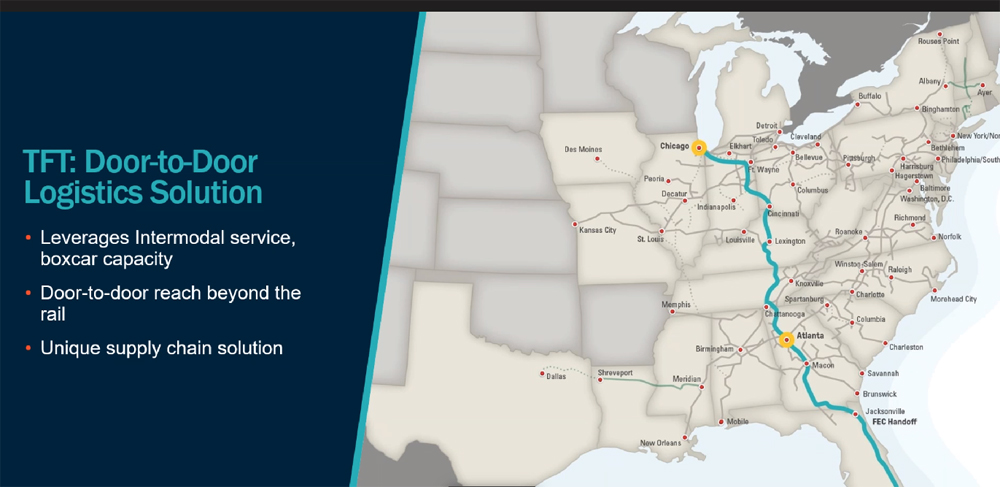
LAKE GENEVA, Wis. — Norfolk Southern has dipped its toes into a market that railroads abandoned decades ago: Expedited less-than-carload service.
NS launched the door-to-door service this month as an experiment in the Chicago-Atlanta-Miami corridor. Trucks pick up small loads and deliver them to a rail-served warehouse where the shipments are cross-docked into waiting boxcars. The boxcars then move in intermodal trains. The process is reversed at the destination, with trucks making the last-mile delivery.
“Your granddad would have called it head-end freight a long time ago,” Ed Elkins, NS vice president of industrial products, told the Midwest Association of Rail Shippers this week. “What that is, is boxcars with pallets of freight moving inside for various customers.”
The Thoroughbred Freight Transfer service combines the capacity of boxcars with the predictability of intermodal service. “This is very, very promising,” Elkins says.
“Today as part of our experiment, we have three nodes: Chicago, Atlanta, and Miami. We’re expanding this network as we speak, and I think you’ll see more nodes going forward,” Elkins says. “Again, it’s still an experiment. It’s small. But in railroad terms, this is about as exotic as it gets for a new product.”
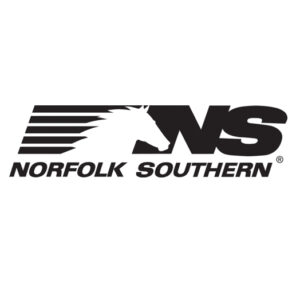 The boxcars ride NS intermodal trains 215/216 between Chicago and Atlanta, connecting with trains 209/214 between Atlanta and Jacksonville. The cars are interchanged with regional Florida East Coast in Jacksonville to reach Miami.
The boxcars ride NS intermodal trains 215/216 between Chicago and Atlanta, connecting with trains 209/214 between Atlanta and Jacksonville. The cars are interchanged with regional Florida East Coast in Jacksonville to reach Miami.
“It’s really an old product … a long time ago railroads did all kinds of this business. Millions of carloads of this business,” Elkins says. “The key is can we find a niche that delivers value to customers that they’re willing to pay for, that solves their problems. And in the current environment, where there’s not a great deal of excess capacity on the highway, this is an experiment that’s very interesting to us.”
The LCL test service is part of Norfolk Southern’s broader effort to convert highway traffic to rail.
Some freight has a natural preference for a particular mode, Elkins says. Bulk traffic, like coal, wants to move by rail or barge. At the other end of the spectrum, time-sensitive freight like groceries or fresh flowers want to move by truck.
“Between those two extremes there’s a different world of freight, and that different world of freight does not have a particular preference for mode. What it does have is a preference for performance,” Elkins says of so-called flexible freight.
That flexible freight world is about twice as big as the freight market that must move by either rail or truck. And it’s growing twice as fast, Elkins says. “The prize should be how do we deliver value to those customers that are modally agnostic,” he says.
NS has an experimental mindset and a willingness to fail when it tries new ways to tap the flexible freight market. “We think experimentation is incredibly important,” Elkins says.
“If you’re not failing, you’re not trying,” he adds.
— Updated at 8:20 p.m. CDT on July 15 with information on trains involved in the Thoroughbred Freight Transfer service.







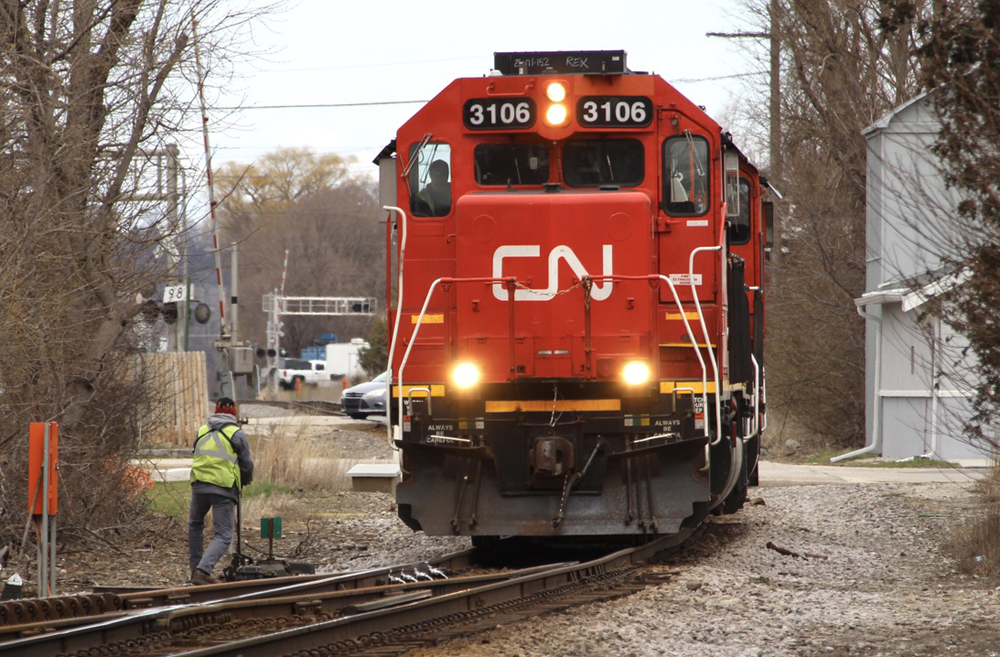
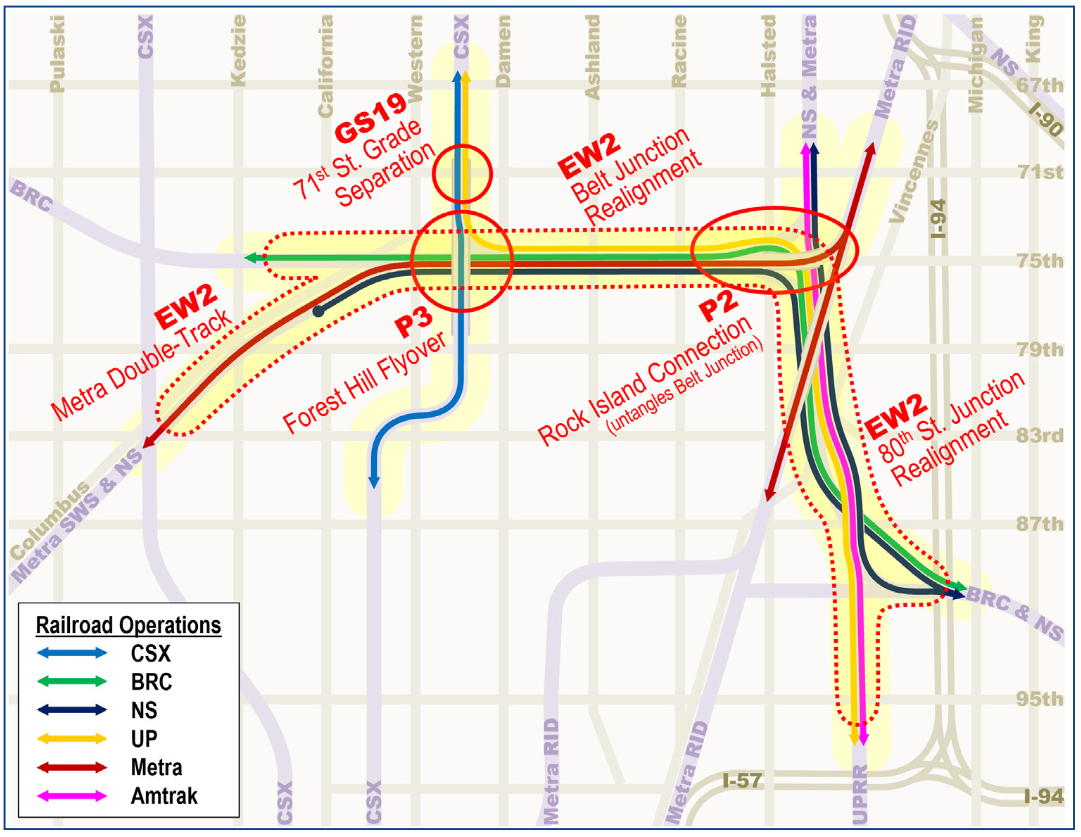
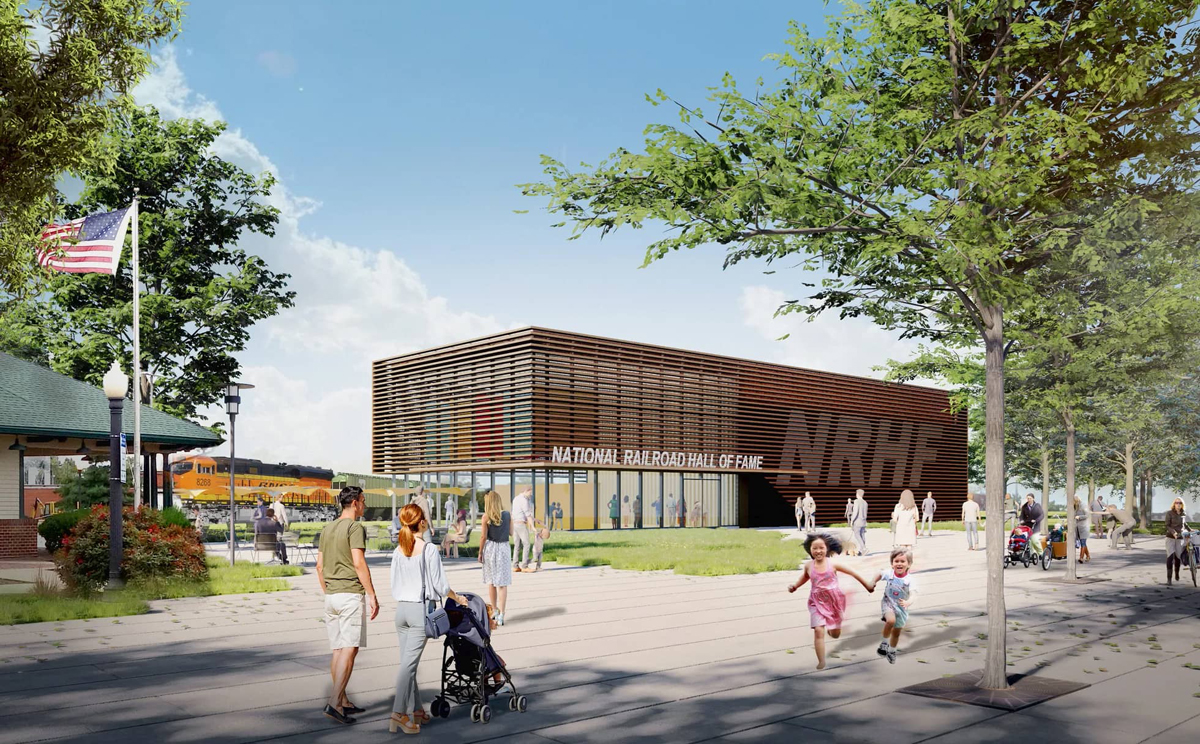




Shipping packages is becoming more unreliable today. Railroads need to be used to carry express again using a modern version of how it was years ago. Greyhound (intercity bus) Package Express service still exists, but their route network has shrunk a lot since the 1980s reducing its effectiveness. A bunch of short sighted decisions years ago eliminated a good service. Now is the time to repair the damage and build a modern version. Even same day delivery would be possible. Maybe the extra track capacity needed to run faster services could be reinstalled in areas were it was removed when railway express was discontinued in the 1960s. The infrastructure rebuild legislation could help with this if they do it right. A Lot of ideas are out there. Amtrak trains could haul containers and pick up and drop off at the larger station stops along the route and offer package service from a baggage car or similar set up.
So, when did rail LTC die? Terms would have to be defined, but what were the last RR’s offering LTC, or when did each RR abolish it?
So, when did rail LTC die? Terms would have to be defined, but what were the last RR’s offering LTC, or when did each RR abolish it?
No mention made of a backhaul. For trucks, there is always a backhaul.
At 10:10 in the video, see how LCL used to be done.
https://www.youtube.com/watch?v=sstFcKqjF2s&ab_channel=JohnnyfromTexas
This system would greatly add to efficiency:
https://www.youtube.com/watch?v=Z4yT7V6D3Wc&ab_channel=AncraSystems
Shades of Railway Express.Congrats to NS for even the thinking
It’s not express. It’s freight.
How can it be economical to go from a trailer to a box car and back to the trailer again? Why not just leave it on the trailer?
Gary Dyhouse: LTL tends to move through terminals. Shipments from several origins are picked up individually. Then they’re brought to a freight dock and sorted by destination. They go in to a trailer (or rail car) with other shipments to the same destination terminal. At that terminal they are unloaded and placed in trucks with other shipments for the delivery route. There’s no extra handling here. It’s just that the rail car linehaul should be more economical.
I applaud NS for initiating this service and hope it succeeds, however I imagine that pilferage of exposed items on a pallet may be an issue of concern to many shippers.
“Norfolk Southern has dipped its toes into a market that railroads abandoned decades ago: Expedited less-than-carload service.”
I totally disagree. The railroads didn’t abandon LCL. They were driven out of the business by idiotic government regulation.
Railroad freight houses were erected in all larger cities. They are gone, or made into restaurants, etc. Will we see new freight houses going up?
I hope this succeeds. And on a related note, as a Chicago resident, I wish this could be an Amtrak route! If only…
I hope this succeeds. This also may be a way of eventually removing pup trailers from intermodal. It’s no secret the railroads would like the remaining tofc to be converted to trailers. Some ltl terminals at one time had rail service. Might we see that again?
There’s always the pup containers…
Now where was this kind of service 30 years ago when I was Director of Marketing of a Chicago based company that did about 70% of our business in the states from Texas to Florida. Most of the shipments were pallet sized, several at a time, that could have taken advantage of this service. We were looking at even buying our own trucks because truck LCL service was so poor especially in to Florida were truckers had limited backhaul at certain times of the year. Rates were terrible.
Believe me, if I was still involved with that company, I would be on the phone right now with Norfolk Southern for the details and asking how soon could we get our products to their loading docks.
Do I understand correctly that NS will use its own fleet of trucks, which will say TFTS and/or NS on their sides, and not contract out or allow other truckers to join the party?
I wish them well with this service. Eventually, I see a separate company administering this service: the railroad moves the car but the new company gets the business to the railroad and takes it to the customer from the railroad. Curiously, my grandfather ran a hatchery business of shipping dozens of boxes of live chicks int the baggage car of a passenger train, for same day service.
The railfan in me agrees with you and wants new-built Pullman-green REA-branded boxcars roaming the rails in this service.
What’s old is new again until the shareholders demand higher profits from this service and shippers go back to trucks then. I hope it actually works and they give it time to work and not do knee jerk reactions to slight imperfections.
After this, NS needs to look east. I-81 through Virginia is choked with trucks moving both north and south. There is a rail yard in Knoxville not far off I-40 (a conduit for this traffic) that is mostly idle, the yard in Roanoke is idle, and in Harrisburg there is an active terminal at Rutherford Yard (plus the Inland Port in Va. and Greenville, Pa.). Connecting these points is a parallel rail line that would be perfect for this short-haul but fast service to capture traffic that is on those trucks (which wreck almost daily somewhere on I-81).
I seem to recall they tried that some years back; had some corridor name. It disappeared. Just like Less-Than-Carload (LTC?) did on the rails. I’ve been told the last roads to handle LTC were the NYNH&H, the L&HR, the LV, and the Wabash–which formed a through-route New York to Chicago. So when was the last rail LTC before this?
This reminds me of RoadRailer – a good idea perhaps but constrained by an extremely limited route structure. What happens when a customer calls whose origin/ destination pair isn’t the three nodes mentioned in the article. This is like Amtrak – a great train from Chicago to St. Paul to Seattle won’t get you to Nashville, Austin, Columbus or Las Vegas.
NS can put a catchy brand name on the new service – New York Central had one many decades ago – that’s not enough to make it work.
Another joker in the deck of cards is that railroads must replace aging-out boxcars …. as been explained in Trains Magazine. Newsprint, auto parts, and now this proposed new service only can be carried if railroads see a profit in buying new boxcars. Or will these services go the way of boxcars to grocery distribution centers, which died forty years ago.
I guess the coal business is really hurting and they’re trying other avenues now.
In this era of cutting costs at all costs and chasing away any business that requires a little extra effort, this is very refreshing. A “what’s old is new” innovation!